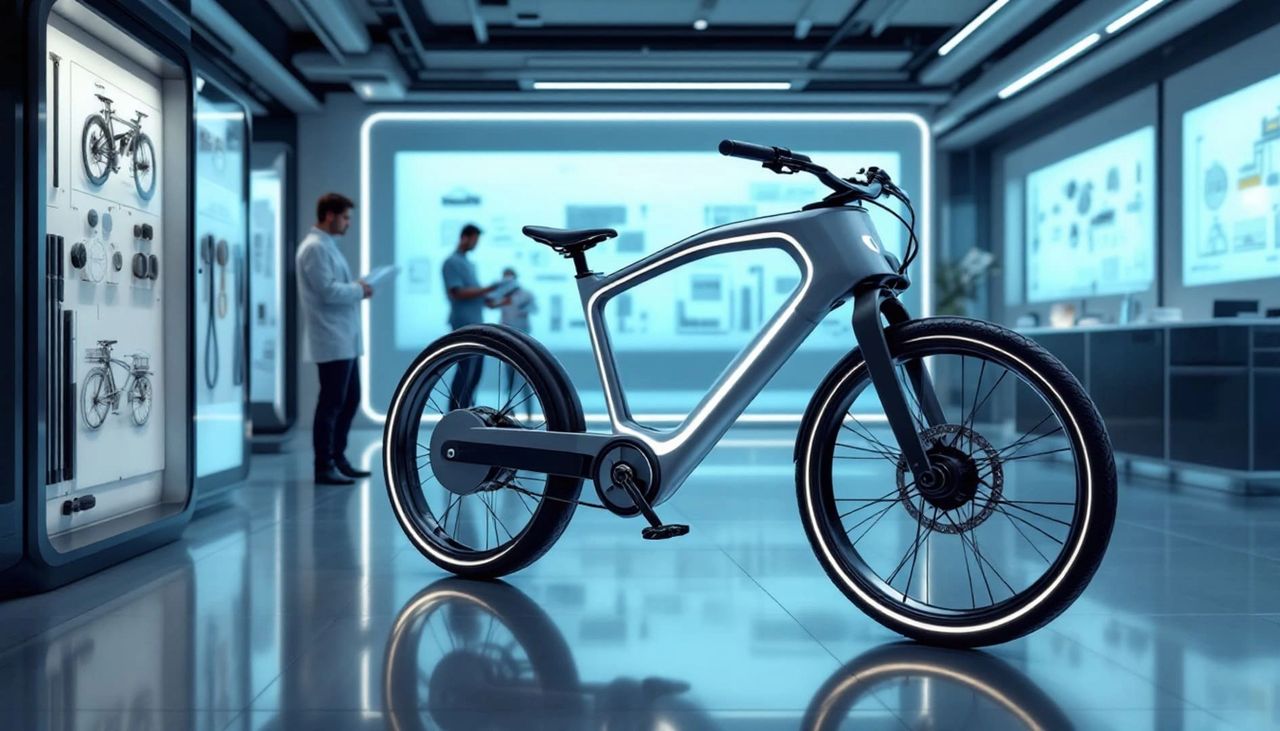.jpg/:/cr=t:0%25,l:0%25,w:100%25,h:100%25/rs=w:1280)
E-bike batteries are at the heart of the electric cycling experience, providing the energy needed for motorized assistance. Understanding how these batteries work and what influences their performance can help riders make informed decisions and maximize their investment.
1. Lithium-Ion Technology
The majority of e-bike batteries use lithium-ion technology due to its high energy density, lightweight design, and long lifespan. These batteries are capable of holding more charge and delivering consistent power compared to older technologies like lead-acid batteries.
2. Key Components
- Cells: Individual lithium-ion cells are grouped together to form a battery pack, each contributing to the overall capacity and voltage.
- Battery Management System (BMS): This internal system monitors the battery’s performance, ensuring safe charging, discharging, and temperature regulation.
- Casing: Durable, weather-resistant casings protect the internal components from damage and environmental factors.
3. Capacity and Range
Battery capacity, measured in watt-hours (Wh), determines how far an e-bike can travel on a single charge. For example:
- 250 Wh: Ideal for short commutes (up to 20 miles).
- 500 Wh: Suitable for longer trips or moderate terrain (up to 40 miles).
- 750 Wh or Higher: Best for long distances or steep, challenging routes (50+ miles).
4. Charging Cycles and Longevity
Lithium-ion batteries are typically rated for 500–1,000 charge cycles. Factors such as frequent deep discharges, high temperatures, and improper storage can shorten battery life. By adopting good charging habits—like avoiding full drains and overcharging—riders can extend battery longevity.
5. Innovations in Battery Design
Manufacturers are continually improving e-bike batteries, focusing on:
- Fast Charging: Reducing charging times without compromising lifespan.
- Energy Density: Developing lighter batteries with higher capacities.
- Sustainability: Using recyclable materials and creating recycling programs to reduce environmental impact.
6. Caring for Your Battery
Proper care and maintenance are essential for performance:
- Store the battery in a cool, dry place when not in use.
- Avoid exposing it to extreme temperatures.
- Regularly clean the battery terminals to prevent corrosion.
E-bike batteries are marvels of modern engineering, blending cutting-edge technology with practical applications. By understanding how they work and how to care for them, riders can ensure their e-bike delivers reliable performance for years to come.








Leave a Reply